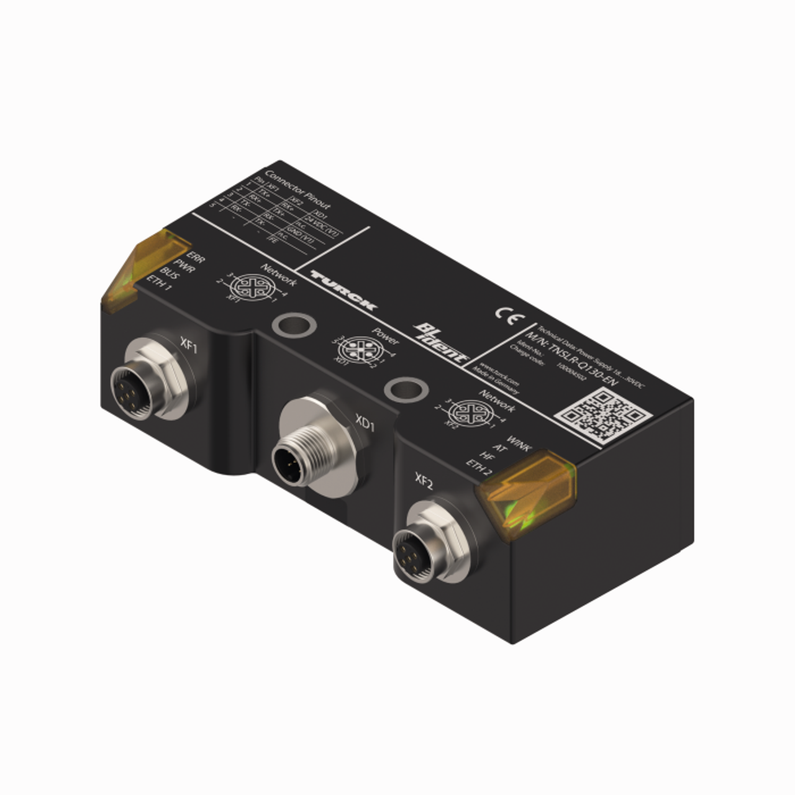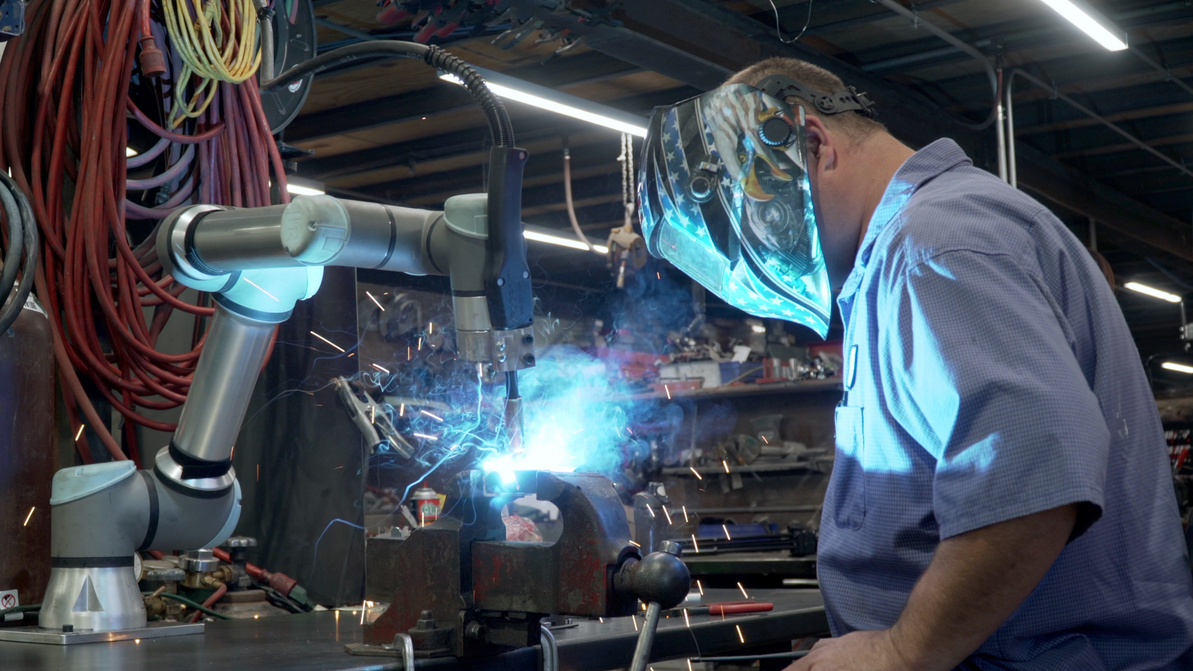The Inner Workings of Lottery Machines
Lottery machines, also known as random number generators (RNGs), are designed to generate random sets of numbers for various lottery games. These machines are critical for ensuring the fairness and integrity of lottery drawings. Here's a simplified explanation of how lottery machines work:
Hardware: Lottery machines consist of specialized hardware components, including a central processing unit (CPU), memory, and an RNG module. The RNG module is the most critical component, as it generates the random numbers.
Seed Value: The RNG module starts with an initial value called a "seed." This seed is typically a large, random number. The quality of the seed is crucial because it directly affects the randomness of the numbers generated.
Algorithm: Lottery machines use algorithms to manipulate the seed value and produce a sequence of random numbers. These algorithms are designed to be highly complex and unpredictable, making it extremely difficult to predict or manipulate the outcome of the lottery drawing.
Pseudo-Random Numbers: The numbers generated by lottery machines are not truly random but are considered "pseudo-random." This means that, while they appear random, they are determined by a deterministic process. However, the algorithms used are so intricate that the resulting numbers are practically indistinguishable from true randomness.
Drawing Process: During a lottery drawing, the machine uses the RNG to generate a set of random numbers. The number of balls or digits drawn and the range of possible values depend on the specific lottery game being played. For example, in a 6/49 lottery, six numbers are drawn from a pool of 49.
Display and Recording: The selected numbers are then displayed on a screen or shown using mechanical balls in traditional lottery machines. Simultaneously, they are recorded electronically to ensure accuracy and transparency.
Security Measures: Lottery machines are subject to rigorous security measures to prevent tampering or manipulation. They are often housed in secure locations, and their software is regularly audited and tested to ensure fairness.
Public Witness: Lottery drawings are typically conducted in public, with independent observers, auditors, or officials present to verify the fairness and integrity of the process. The entire drawing event is often recorded and may be broadcast live.
Post-Draw Verification: After the drawing, the results are double-checked to confirm accuracy. In many cases, multiple lottery machines are used in case one fails or malfunctions.
In summary, lottery machines use complex algorithms and initial seed values to generate sequences of pseudo-random numbers. These numbers are displayed and recorded during lottery drawings, ensuring the fairness and transparency of the process. Multiple security measures and public oversight are in place to maintain the integrity of lottery games and prevent any fraudulent activities.
Curious to know if AI can help you win the jackpot? Check it out here.
Recent Posts
-
Introducing the Turck Q130 HF Read/Write Head: Revolutionizing RFID Data Management
In today's fast-paced industrial landscape, efficiency and accuracy are paramount. The ability to se …Apr 30th 2024 -
Using Scan Tunnels to Track, Sort and Route Warehouse Packages
If you’re using conveyor lines to move products, packages and shipments through your warehouse, the …Apr 17th 2024 -
Embracing Collaboration: How Universal Robots Transformed DeAngelo Marine Exhaust
When the welding robots made their debut at DeAngelo Marine Exhaust, there was a mix of excitem …Apr 11th 2024




